Can You Block A Wifi Camera ?
No, you cannot directly block a Wi-Fi camera. However, you can potentially disrupt its connection by interfering with the Wi-Fi signal or by disabling the Wi-Fi network it is connected to.
1、 Network Security Measures for WiFi Cameras
Network Security Measures for WiFi Cameras
Yes, it is possible to block a WiFi camera, but it is important to understand the various network security measures that can be implemented to protect against unauthorized access. WiFi cameras, like any other internet-connected device, are susceptible to hacking and unauthorized access if not properly secured. Here are some key security measures to consider:
1. Strong Passwords: Ensure that the WiFi camera is protected with a strong, unique password. Avoid using default passwords, as they are often easily guessable.
2. Encryption: Enable encryption protocols such as WPA2 (Wi-Fi Protected Access 2) to secure the communication between the camera and the network. This prevents eavesdropping and unauthorized access to the video feed.
3. Firewall: Implement a firewall to monitor and control incoming and outgoing network traffic. This helps in blocking unauthorized access attempts and suspicious activities.
4. Regular Firmware Updates: Keep the camera's firmware up to date. Manufacturers often release updates to address security vulnerabilities and improve overall performance.
5. Network Segmentation: Consider segregating the WiFi camera on a separate network or VLAN (Virtual Local Area Network) to isolate it from other devices on the network. This limits the potential attack surface and reduces the risk of unauthorized access.
6. Disable Remote Access: If remote access to the camera is not required, disable it. This prevents potential attackers from accessing the camera's settings or video feed remotely.
7. Intrusion Detection Systems (IDS): Implement an IDS to detect and alert any suspicious activities or attempts to access the camera. This can help in identifying potential threats and taking appropriate action.
It is important to note that while these security measures significantly reduce the risk of unauthorized access, no system is completely foolproof. It is always recommended to stay updated with the latest security practices and consult with professionals to ensure the highest level of network security for WiFi cameras.

2、 Encryption Protocols for Securing WiFi Camera Feeds
Yes, it is possible to block a WiFi camera, but it depends on the specific circumstances and the level of security measures implemented by the camera manufacturer.
WiFi cameras typically rely on wireless networks to transmit their video feeds, and these networks can be vulnerable to various forms of interference or attacks. However, blocking a WiFi camera can be challenging if the camera is properly secured and uses encryption protocols to protect its video feeds.
Encryption protocols play a crucial role in securing WiFi camera feeds. They ensure that the video data transmitted between the camera and the receiving device is encrypted, making it difficult for unauthorized individuals to intercept or access the footage. The most commonly used encryption protocols for WiFi cameras are WPA2 (Wi-Fi Protected Access 2) and WPA3, which provide strong security measures to protect against unauthorized access.
However, it is important to note that no security measure is completely foolproof, and vulnerabilities can still exist. In recent years, there have been reports of vulnerabilities in WiFi camera systems, such as weak default passwords or outdated firmware. Manufacturers are continuously working to address these issues and release firmware updates to enhance the security of their devices.
To ensure the security of WiFi camera feeds, it is recommended to follow best practices such as regularly updating firmware, using strong and unique passwords, and enabling two-factor authentication if available. Additionally, it is advisable to secure the WiFi network itself by using a strong encryption method, such as WPA2 or WPA3, and regularly monitoring network activity for any suspicious behavior.
In conclusion, while it is possible to block a WiFi camera, the effectiveness of such an action depends on the security measures implemented by the camera manufacturer. Encryption protocols, such as WPA2 and WPA3, play a crucial role in securing WiFi camera feeds and protecting against unauthorized access. However, it is important to stay vigilant and follow best practices to ensure the overall security of WiFi camera systems.

3、 Firewall and Access Control for WiFi Camera Networks
Yes, you can block a WiFi camera by implementing a combination of firewall and access control measures for WiFi camera networks. Firewalls act as a barrier between the camera network and the outside world, monitoring and controlling incoming and outgoing network traffic. They can be configured to block specific IP addresses or ranges, preventing unauthorized access to the camera network.
Access control measures, such as password protection and encryption, can also be implemented to secure the WiFi camera network. By setting strong passwords and regularly updating them, you can prevent unauthorized individuals from gaining access to the camera system. Additionally, enabling encryption protocols like WPA2 or WPA3 ensures that the data transmitted between the camera and the network is secure and cannot be intercepted.
It is important to note that the latest point of view emphasizes the need for regular firmware updates for WiFi cameras. Manufacturers often release updates to address security vulnerabilities and improve the overall security of their devices. By keeping the firmware up to date, you can ensure that your WiFi camera network is protected against the latest threats.
However, it is worth mentioning that while these measures can significantly enhance the security of a WiFi camera network, no system is completely immune to hacking or unauthorized access. It is crucial to remain vigilant and regularly monitor the network for any suspicious activity. Additionally, implementing additional security measures such as intrusion detection systems and regular network audits can further strengthen the security of your WiFi camera network.

4、 Physical Security Measures to Protect WiFi Cameras
Physical Security Measures to Protect WiFi Cameras
Yes, it is possible to block a WiFi camera, but it is important to note that doing so may have legal implications depending on the circumstances. Blocking a WiFi camera without proper authorization may be considered a violation of privacy laws.
However, there are several physical security measures that can be implemented to protect WiFi cameras from unauthorized access or tampering:
1. Secure Mounting: Ensure that the camera is securely mounted in a location that is not easily accessible to unauthorized individuals. This can include mounting the camera high on a wall or ceiling, or using tamper-proof mounting brackets.
2. Enclosures: Use weatherproof and tamper-resistant enclosures to protect the camera from physical damage or tampering. These enclosures should be made of durable materials and have secure locks to prevent unauthorized access.
3. Restricted Access: Limit physical access to the area where the camera is installed. This can be achieved by using locked doors, gates, or fences to prevent unauthorized individuals from reaching the camera.
4. Surveillance Signs: Display signs indicating that the area is under video surveillance. This can act as a deterrent to potential intruders and make them think twice before attempting to tamper with the camera.
5. Regular Maintenance: Conduct regular inspections and maintenance of the camera to ensure that it is functioning properly and has not been tampered with. This can include checking for any signs of physical damage or unauthorized modifications.
It is also important to stay updated with the latest security measures and technologies to protect WiFi cameras. As technology advances, new vulnerabilities may arise, so it is crucial to regularly review and update security protocols to ensure the continued protection of WiFi cameras.


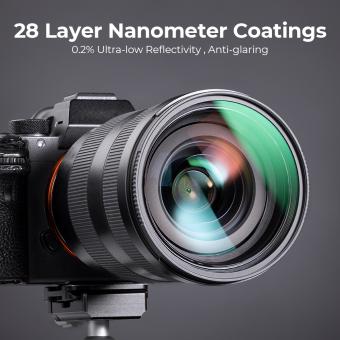















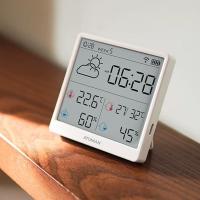
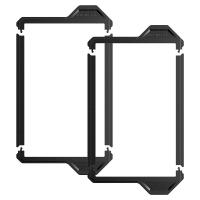

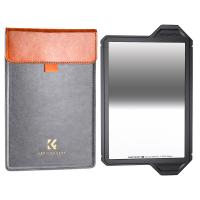



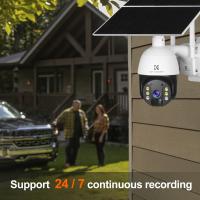


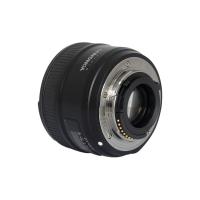



There are no comments for this blog.